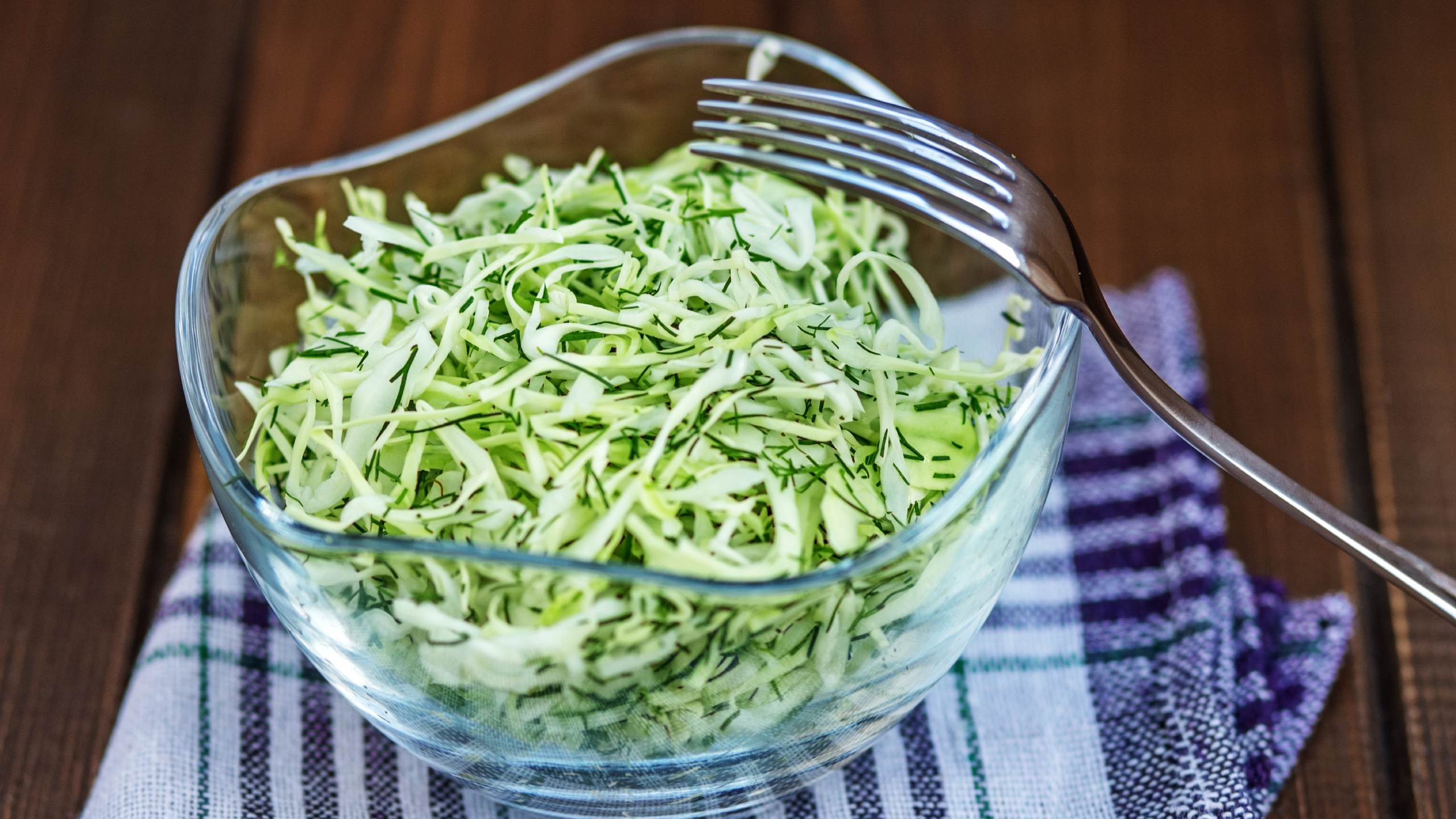Rome at the table: Puntarelle, a Salad with a True Roman Flavor
Rome is not only history and monuments. It is also full of aromas and flavors that gently narrate the everyday life of the Eternal City. Among the key players of traditional Roman cuisine is a salad with a unique character, genuine and unmistakable in taste: puntarelle. This vegetable—made from the crunchy, slightly bitter shoots of chicory—is much more than an ingredient. It is a true symbol, one that encapsulates—within its flavor—the essence of an ancient city that is still very much alive, ready to welcome you with its bustling markets, lively chatter between friends, and a charm that is uniquely Roman.
Puntarelle: What They Are – Peasant Origins and a Long Roman Tradition
Puntarelle are simply the inner shoots of catalogna chicory, a winter vegetable with long, serrated leaves. This plant was cultivated as far back as ancient Roman times, appreciated for its digestive and detoxifying properties. Back then, country folk saw it as a simple, hardy, and nutritious food—an "ally for the stomach." It was eaten raw or cooked, forming part of a humble but healthy and balanced diet.
The word “puntarelle” comes from the Roman dialect term puntarella, a diminutive of punta (“tip” or “point”), which perfectly describes the vegetable’s slender, crunchy green shoots and their fresh, slightly bitter taste.
Puntarelle are one of the few vegetables that still require such careful and ritualistic manual preparation. In the markets of Rome, there are still women—known as mondine delle puntarelle—who spend their days cleaning the shoots, slicing them finely with a curved blade or a special tool, and soaking them in ice water to make them curl. This process not only enhances their visual appeal, but also accentuates their uniquely crunchy texture that has made them famous across the city.
The Classic Dressing: "Alla Romana"
The most traditional way to enjoy puntarelle is in their “alla romana” version: a cold salad in which the thin chicory strips are dressed with a hand-made sauce prepared by crushing salt-cured anchovies and garlic in a mortar, then adding extra virgin olive oil and white wine vinegar. The contrast between the lively bitterness of the chicory and the bold saltiness of the anchovies creates a balance that wins over the palate at first bite.
Despite its simplicity, this recipe is deeply tied to Roman identity. It’s a humble dish of peasant origin that has endured through the ages and earned a place even on the most refined tables. It’s widely found in Rome’s markets and trattorias, where its preparation is still a seasonal ritual—a signal of winter’s arrival and of family-style conviviality, where this dish becomes the star of warm, shared moments.
Other (Roman) Ways to Enjoy Puntarelle
While raw, crunchy puntarelle alla romana is the most famous preparation, this unique vegetable lends itself to many other typically Roman variations that enhance its flavor in diverse yet authentic ways.
Some prefer them sautéed in a pan with garlic, olive oil, and a pinch of chili pepper—much like other wild greens in Lazio’s rural cuisine. Others turn them into a creative first course by tossing them with pasta, anchovy fillets melted in oil, and perhaps a touch of lemon for a simple yet punchy dish.
There are even inventive reinterpretations, such as a puntarelle-and-gricia fusion, where the lightly cooked greens are combined with crispy guanciale and pecorino cheese—a bold blend of tradition and innovation. At home, they often end up in a rustic frittata, mixed with beaten eggs and cheese for a quick yet flavorful dinner. In short, puntarelle never fail to surprise, even when they stray—just slightly—from their classic form.
Experiencing Puntarelle Like a Local
To truly experience the pleasure of puntarelle, start your journey in Rome’s traditional markets, like Campo de’ Fiori or Testaccio. Here, you can pick the freshest puntarelle, breathe in the scent of just-picked vegetables, and immerse yourself in the lively and authentic atmosphere of those who keep these traditions alive through stories and daily practice.
Continue your exploration in classic Roman restaurants in neighborhoods like Trastevere or Testaccio, where the puntarelle salad “alla romana” is prepared with expert hands and served alongside traditional dishes in cozy, welcoming spaces that reflect the true spirit of the city. If you're eager to discover the secrets of this ancient recipe, join a cooking class—an engaging experience where you’ll learn how to prepare puntarelle with your own hands, guided by experts who will share stories and curiosities about this simple yet tradition-rich dish. One such place is Punto Di Cottura, located in the Trieste neighborhood, which offers Roman and Italian cooking workshops, often paired with market tours to help participants learn how to choose and recognize fresh ingredients.
This article has guided you through the story of one of the most humble yet surprising ingredients in Roman cuisine. If you want to experience the Eternal City not just through its monuments but also through its food, puntarelle are an excellent starting point: simple yet bold, unmistakably Roman, and, perhaps because of that, truly unforgettable.




